Control Your Battle Space
June 3rd, 2020
5 minute read
In any violent physical altercation, there are four critical factors that can determine your victory or failure. What are they and how can they give you a tactical advantage should you need them?
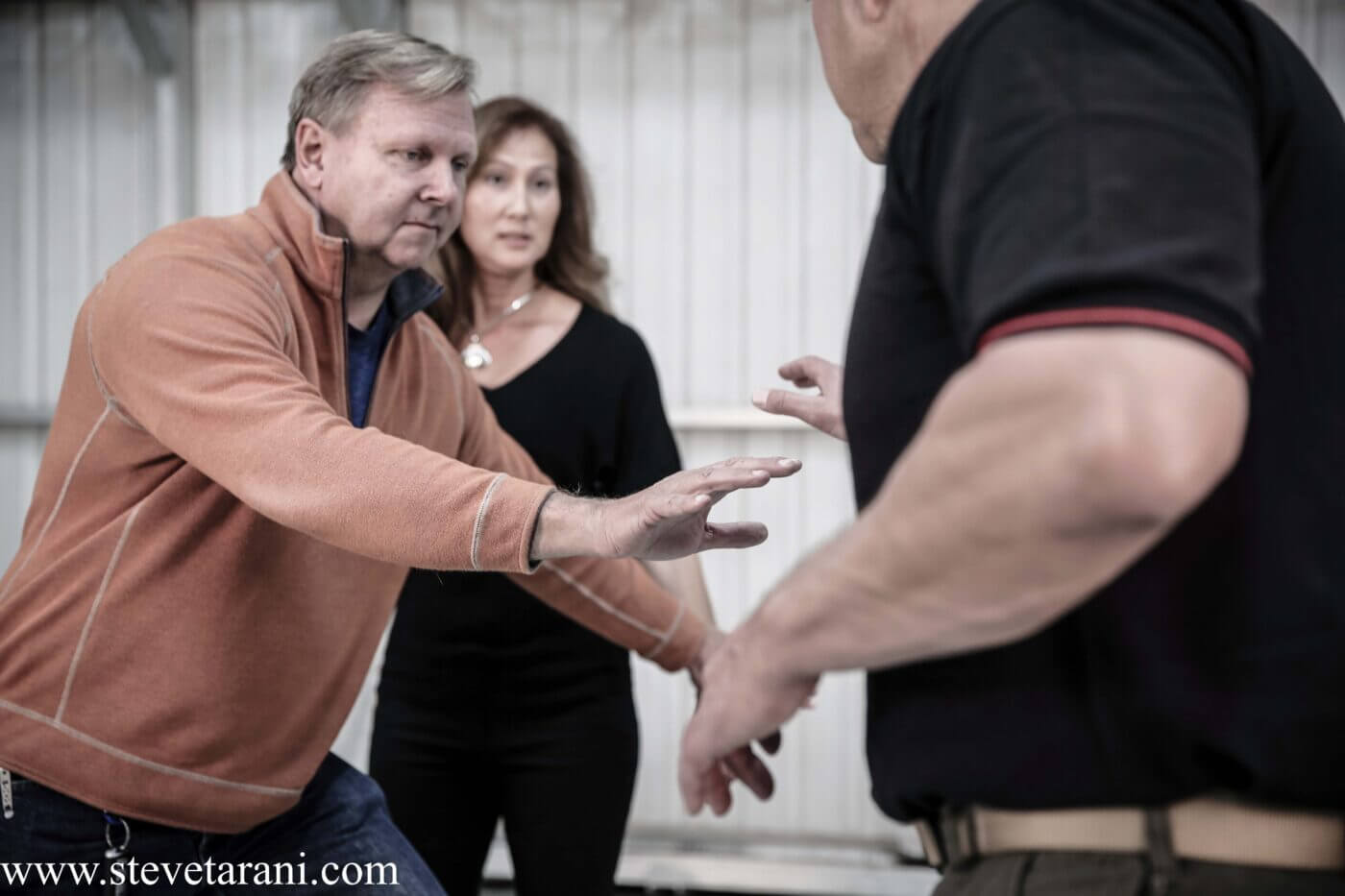
The four critical factors are:
- Awareness
- Distance
- Options
- Training
Awareness
Everybody talks about situational awareness like it’s a given. For those folks who don’t practice it daily, it’s not a given. Soft skills such as situational awareness must be developed, refined and maintained.
As with all practical protection tools, there are varying levels of awareness. The cliché phrase “Keep your head on swivel” may certainly be applicable in extremely high-threat environments, (especially if you are pulling rear security in a protection formation), but not if you’re running with your awareness dial pegged — all day, every day — when it is not warranted.
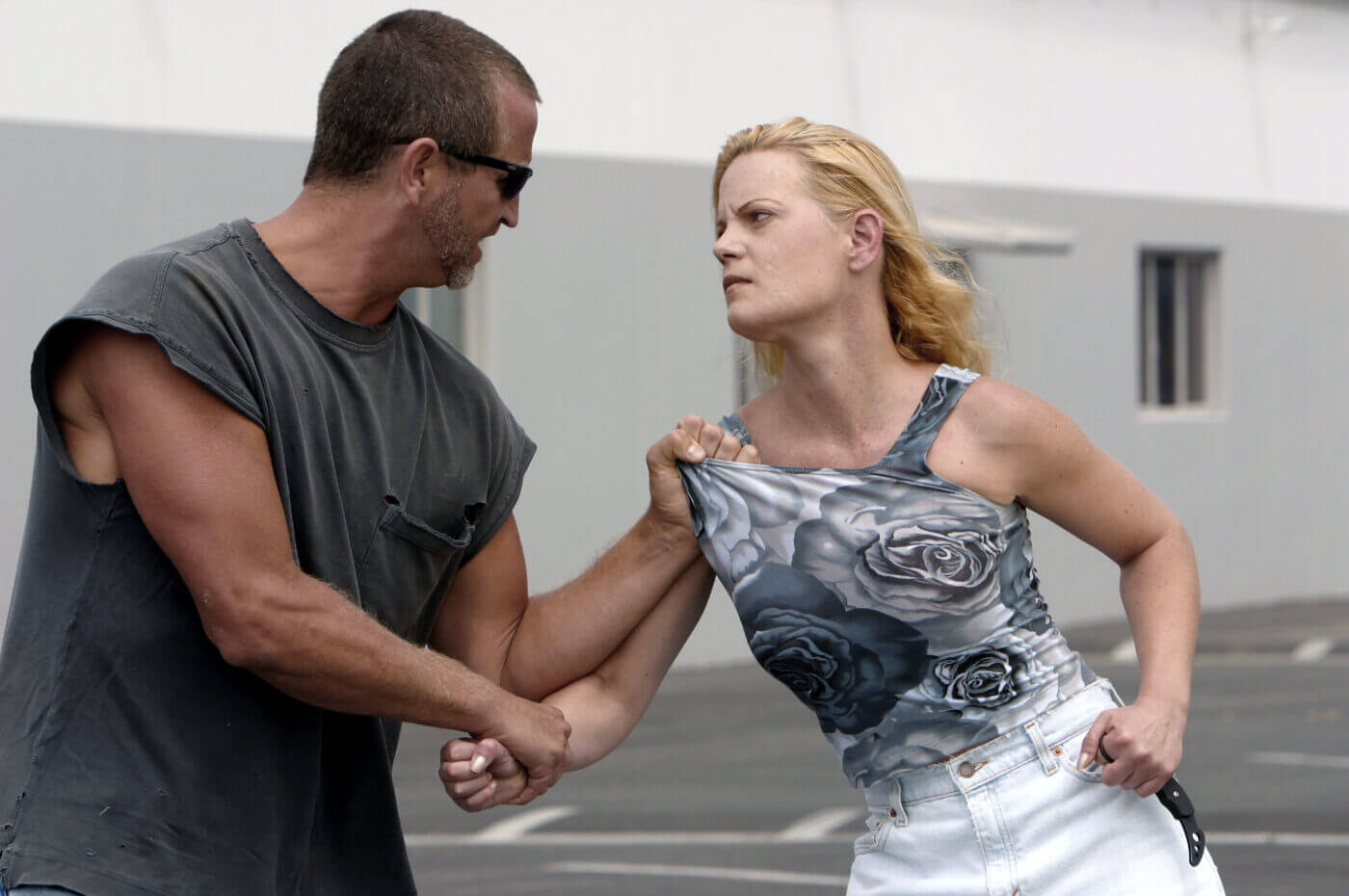
Awareness is best raised or lowered based on your current environmental conditions. The higher the threat potential, the higher your level of awareness should be. Should something happen and you were not aware of the cascading series of observable events leading up to the attack, then you’re backed up on your heels trying to respond to the situation. You are already behind the action-reaction power curve and are fighting to gain some semblance of control.
Hearing it, seeing it and/or smelling it coming ahead of time is bank. Awareness is the currency that buys you time. More time equates to more opportunity to solve the tactical problem. How do you buy more time? Appropriate your situational awareness to your immediate environment.
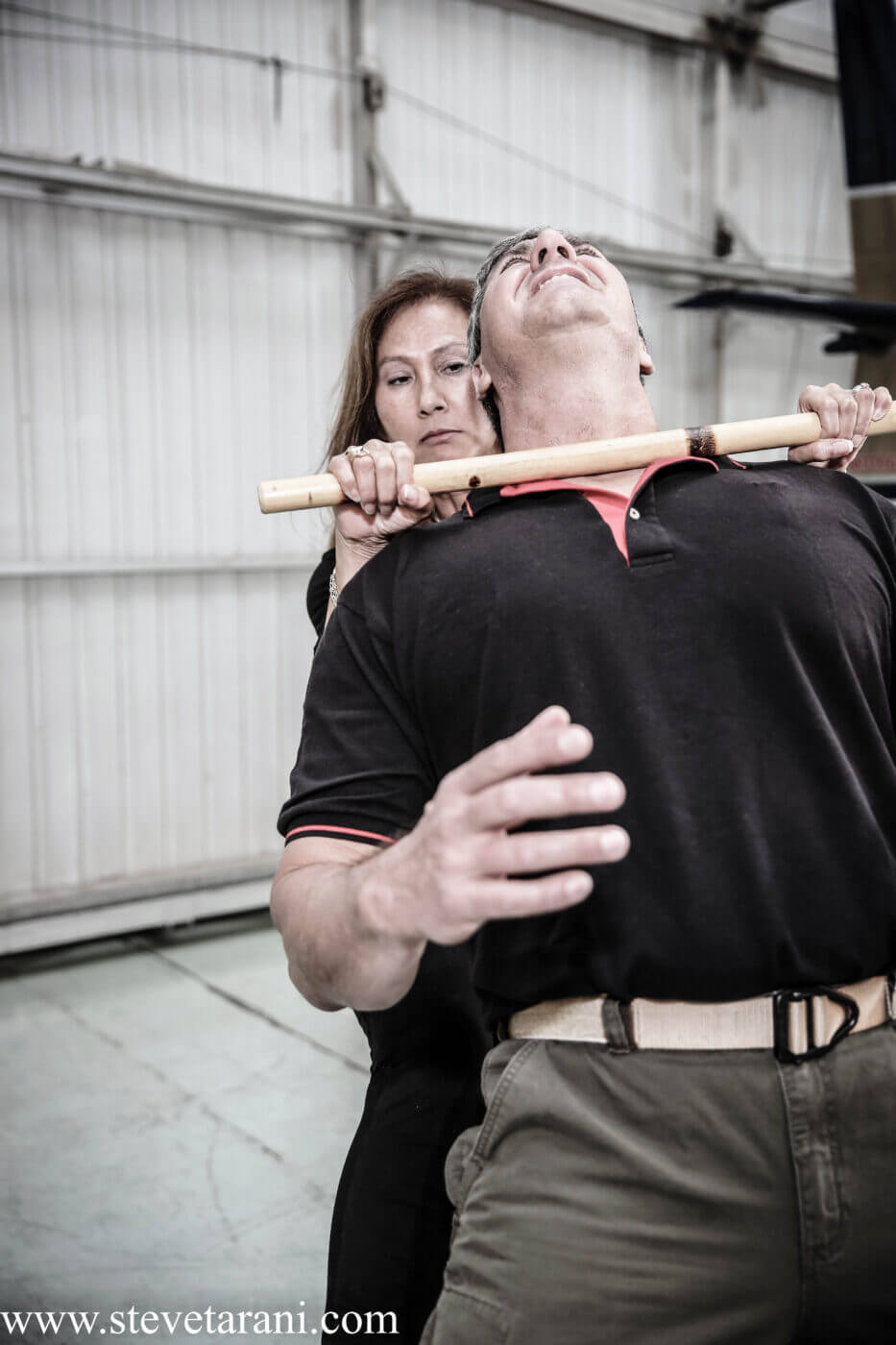
Distance
Say you fail to apply awareness and place yourself in a nasty situation? How do you regain control of a physical altercation once it has started and avoidance is no longer an option? Increase your distance.
Your personal battle space can span anywhere from several yards to bad-breath range. This space can be divided into three discernable distances:
- Long Range — May be as far out as across a room or a parking lot.
- Close Range — Just outside your arm’s reach.
- Contact Range — Close enough for him to gut you with his blade.
Defending your personal battle space depends on which of these ranges you may find yourself in and what weapons your assailants are using.
Your continued awareness is the key. While it’s too late to look for early warning signs because the fight has already begun, you can still observe the reactionary gap — how much time you may have available based on how much space you have.
Distance is your friend. Your best possible response in any altercation is to create more space. The “A” answer is to turn your heels toward the threat and move off that “X” as quickly as possible.
Try to place greater distance between yourself and the threat. By doing so you remain mobile. A moving target is much more difficult to hit with a gun, a knife or a bat than a stationary target. You simply become a more difficult target, which is a good thing, especially when you’re that far behind the action-reaction power curve.
Options
Find as many tactical response options as you can and keep them open for as long as you can. Buying yourself more space buys you more time, which in turn buys you more opportunity to solve the tactical problem. More opportunity provides you more options. The converse is also true — less space equals less time, which equals fewer response options.
The farther away you are from the threat and the more you remain mobile, the greater your options. Finding yourself trapped in a corner with a gun in your face or shank at your throat is a worst-case scenario because you’re out of space, out of time and out of options to solve the tactical problem.
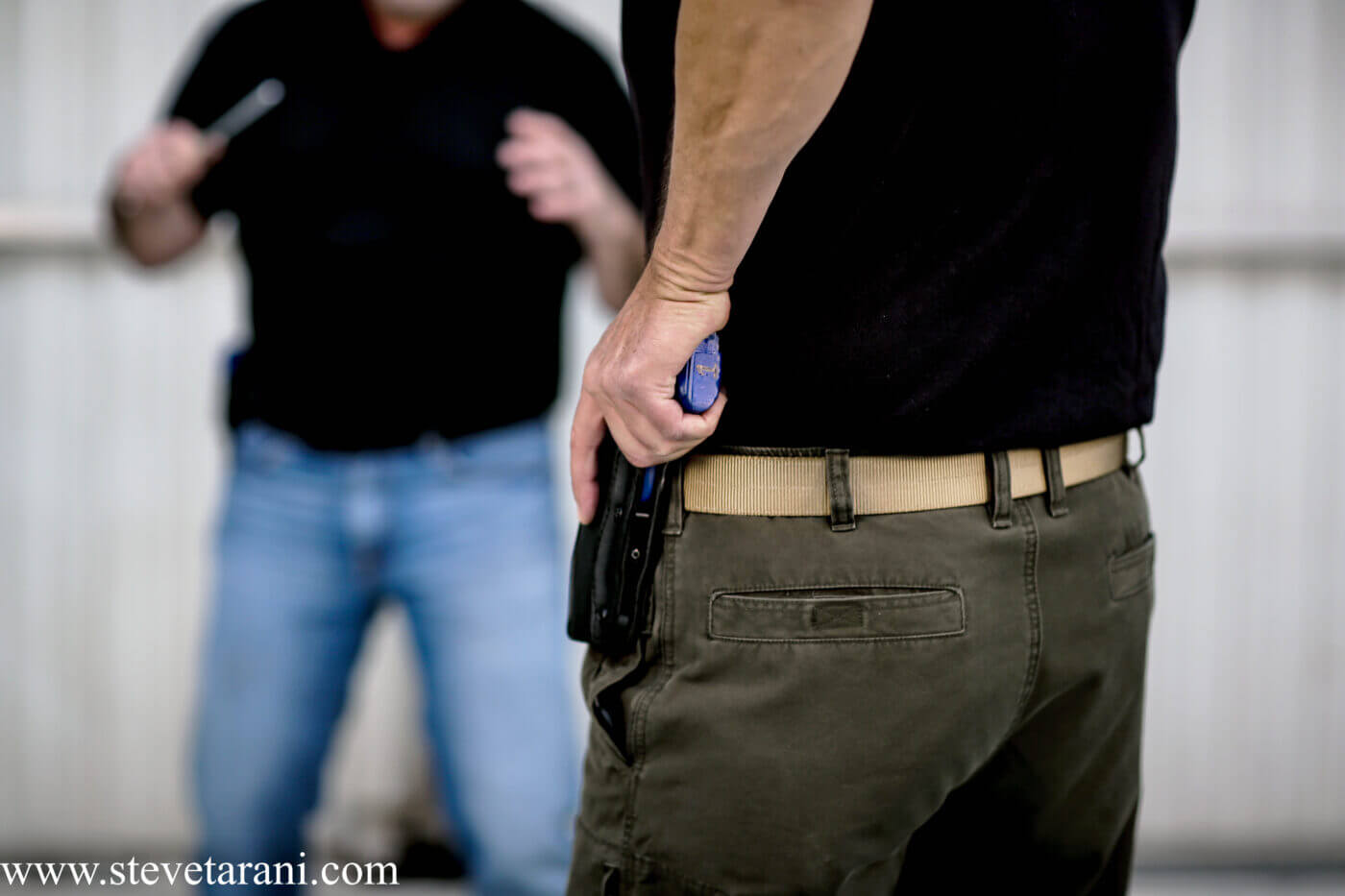
If you end up that far down the rabbit hole, your only two remaining options are to exit — create distance (even just another two steps buys you time) or equalize — get something in your hands like your gun, a knife or some other weapon of opportunity.
Training
Fortune favors the prepared. Regardless of the type of attack, your level of situational awareness, your physical distance relative to the threat or how many response options you may have, there are plenty of hard skills that you can have at your disposal should they be needed.
There are only two types of people in this world — those that train and those that don’t. If you don’t train, then you start out at a deficit with fewer combative response options and not as many tools in your kit.
People ask me all the time “Hey, what’s the best martial art out there?” The answer is, “Any hard skills are good skills to have, especially when you need them!” Gun Fu will work provided you have your weapon available, can access it and know how to use it.
The same applies to an edged or impact weapons — including your fists, knees and elbows. Unarmed hard skills can be any one or a combination of fighting arts such as Brazilian Jiu Jitsu, Judo, Western Boxing, Thai Boxing, Karate, etc. The list is endless. Having hard skills on board gives you the tactical advantage — in addition to your awareness and distance — to increase your response options.
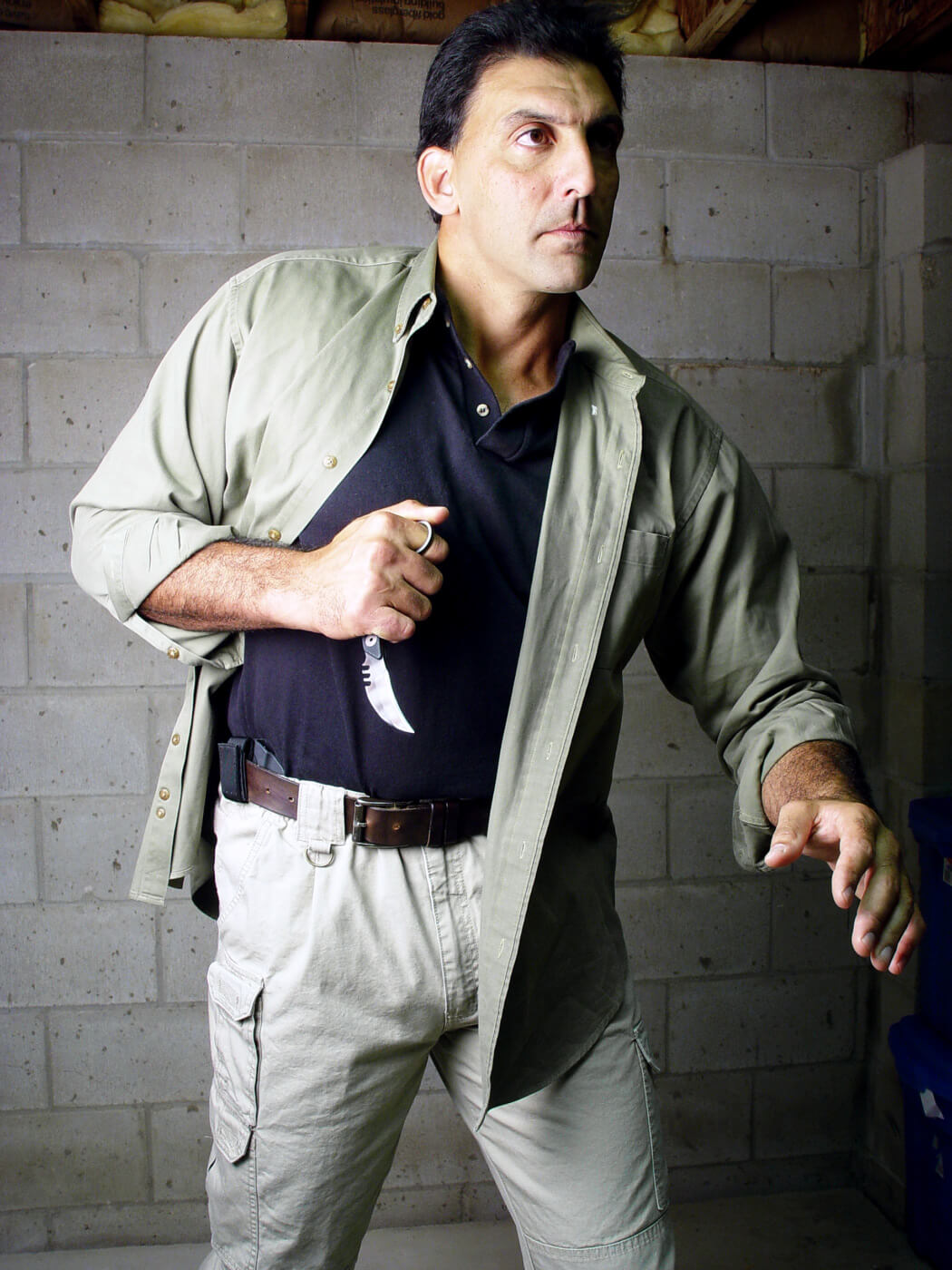
One important type of training, often overlooked, is medical. It’s always a good idea to keep a trauma kit, to include a tourniquet, on hand. Stopping the blood flow is one of the most important steps you can take in self-preservation. Having these basic survival skills and keeping a few medical supplies on hand could save your life, or the life of another.
Take Control
Either you control the battle space, or the battle space will control you. Stack the odds in your favor by practicing effective situational awareness, controlling your distance from the threat, keeping your response options open and staying trained.
Editor’s Note: Be sure to check out The Armory Life Forum, where you can comment about our daily articles, as well as just talk guns and gear. Click the “Go To Forum Thread” link below to jump in!
Join the Discussion
Featured in this article
Continue Reading
Did you enjoy this article?

 129
129







